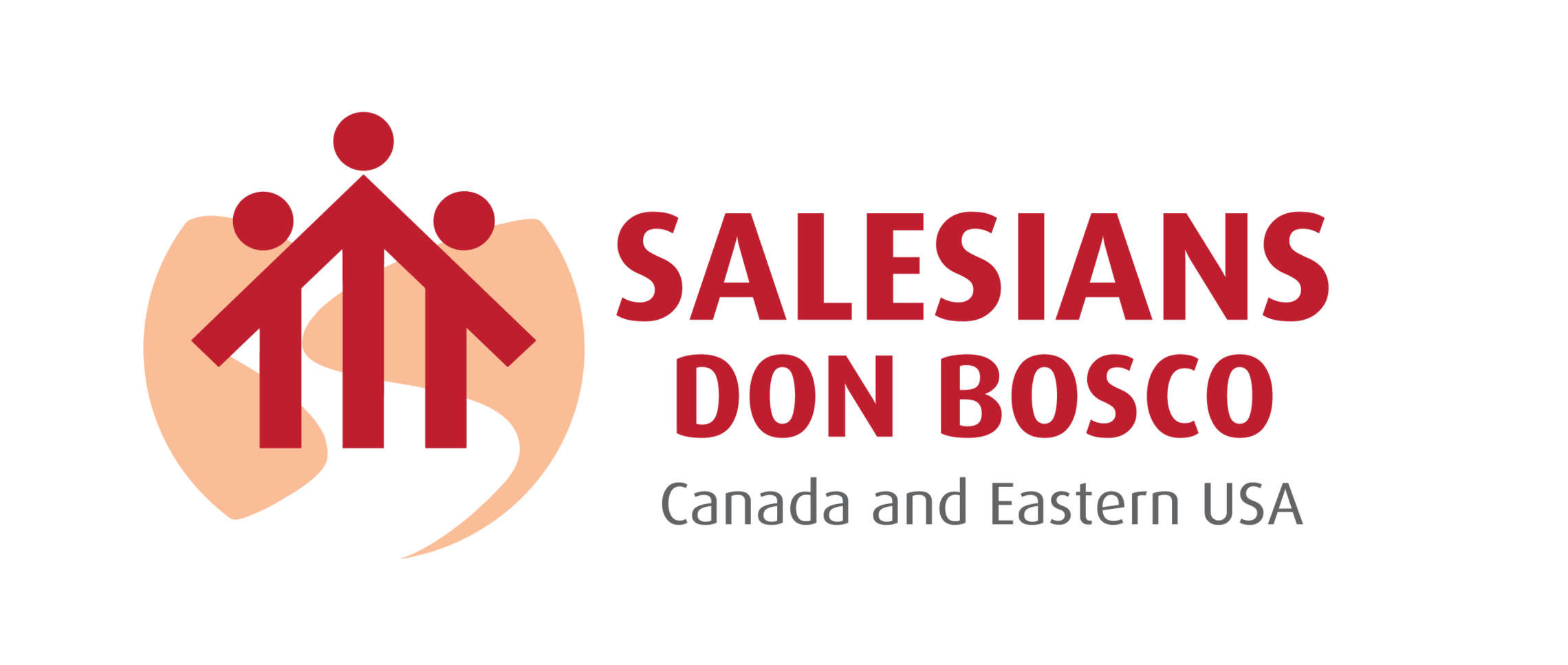In this new reality in which we are living, many of us now live the bulk of our lives online. From work negotiations, to talking with friends, to family interactions and even holiday celebrations, we depend on our screens to keep us connected. And yet, while we are grateful for the ability to work and stay in touch with our loved ones, more and more people are commenting on how exhausted they are from all these virtual interactions.
One surprising reason for this exhaustion may be as simple as the breath.
Over a decade ago, researcher Linda Stone noticed that a majority of people (possibly eighty percent) unconsciously hold their breath, or breathe shallowly, when texting or emailing. She called it “screen apnea.”
And indeed, just this past week, on one of the many Zoom calls that now populate my day as I practice telemedicine, I noticed that I was barely breathing. Is Zoom Apnea the newest manifestation of screen apnea?
There’s good reason to be concerned. In the short term, screen apnea can affect our well-being and our ability to work efficiently. Shallow breathing can also trigger a nervous system “fight, flight or freeze” response if we stay in this state of breathing for extended periods of time. It can not only impact sleep, energy, memory and learning but also exacerbate depression, panic, and anxiety.
And over the long-term, not breathing properly contributes to stress-related diseases and disturbs the body’s balance of oxygen, carbon dioxide, and nitric oxide, which keep the immune system strong, fight infection, and mediate inflammation.
Fortunately, combating screen apnea can be very simple, especially if you already have a meditation practice. Simply bringing attention to your breath and body can make a huge difference. Here’s a simple, three-part practice that I recommend, even if you’re right in the middle of a Zoom call.
First, notice and relax. The next time you’re feeling tired at your computer screen – maybe on a video conference call, or responding to email or a text, pause for a moment and notice what is happening in your body. What is your posture? Are you slumped over your phone or laptop? Is your breathing shallow? Are you tense? Are your muscles rigid? Is your jaw clenched? Are you making fists with your hands?
Try not to judge yourself if you’re doing any of these things – that’s definitely not helpful! Just, notice what’s happening, and relax out of any unnecessary tension. Sit a bit more upright. Keep it simple.
Second, enjoy one deep breath. Take a moment to pause, with eyes open or closed (but not focusing on the screen). Gently lengthen the spine, letting yourself feel some spaciousness in your backbone. Try lifting your lower back upward. Enjoy a nice deep inhale. And then, most importantly, let yourself exhale fully, making a noise if you like (if you’re on mute, that is!). Feel your natural breath. Don’t hold, control, or micromanage it. Notice the sensations as you inhale and notice the sensations as you exhale.
Third, add in some compassion. Even in the short pause of a single deep breath, you might notice some difficult feelings come up – sadness, isolation, worry. See if you can make a little space for them, to just let them be. This is not an easy time. There is a lot that we miss about the way things used to be, and a lot of fear of what is to come, as well as concern for ourselves or our loved ones. So, give yourself some compassion for all the adjustments and changes you have had to make. If you like, put a hand on your heart and acknowledge all that you are doing to adapt to this new normal. Extend some gratitude toward yourself, even for the small things.
That’s it: notice and relax; enjoy one deep breath with a full exhale; and add in a little compassion for yourself and for others at the end. And as always, remember to be kind to yourself, take breaks, and if you can, pause to inhale some fresh air.






